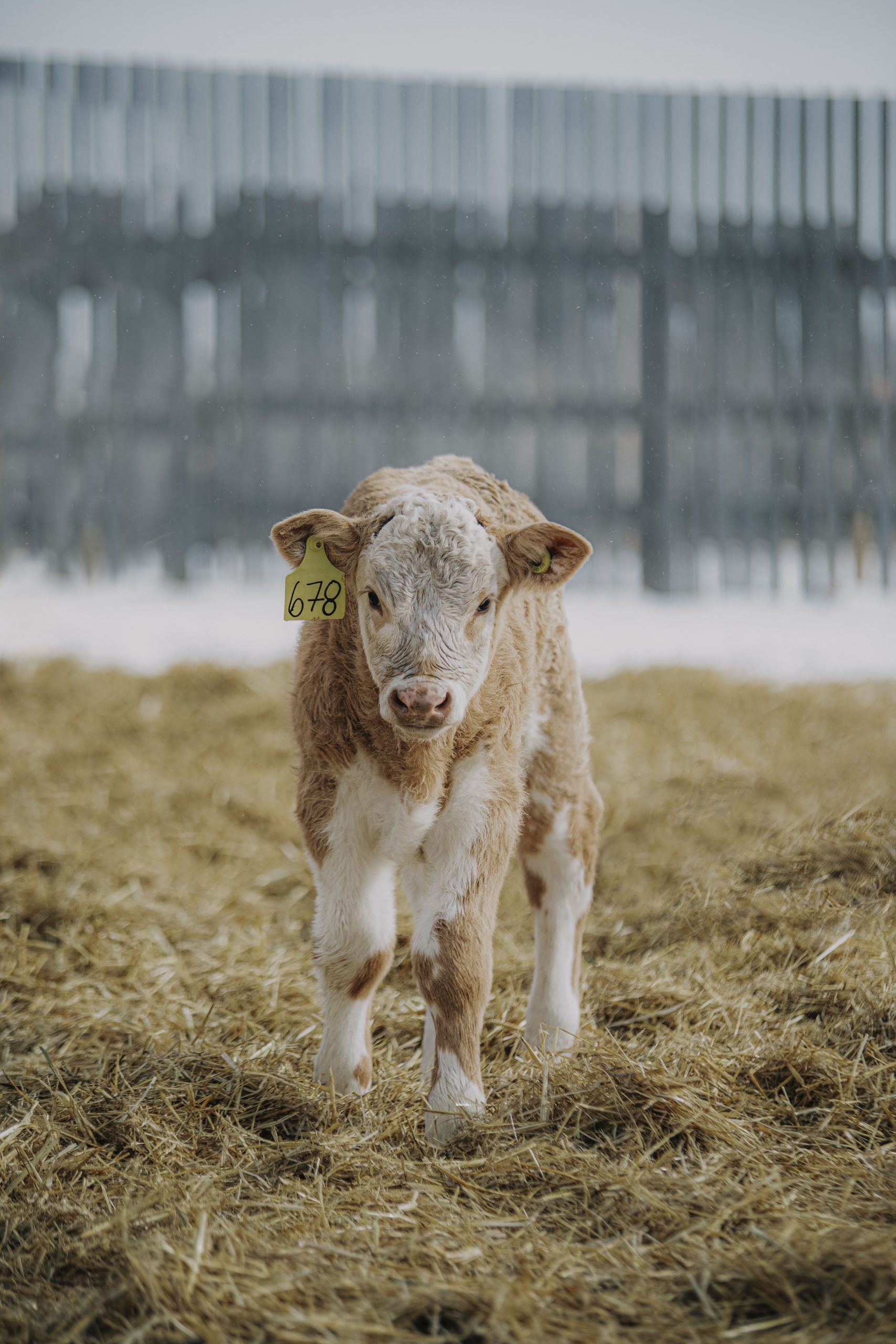AB Direct - Steers
Rail: 492.00-493.50 FOB feedlot (last week)
AB Direct - Heifers
Rail: 492.00-493.50 FOB feedlot (last week)
US Trade- Steers
Rail: 355.00-363.00 (IA, NE) last week
US Trade - Heifers
Rail: 355.00-363.00 (IA, NE) last week
Canadian Dollar
0.19

Why protein is important
All living creatures and plants contain protein.
Plants take in nitrogen to produce protein. Some animals, including cattle, consume plant material. During digestion of the forage, the plant protein is broken down into amino acids. Rumen bacteria, protozoa, fungi, and viruses rebuild the amino acids into proteins that are required by the animal.
Microbes that break down ingested feed use some of the amino acids (ammonia) as a food source for themselves. This is to keep the microbe populations high to digest the ingested feeds. If protein levels are low, microbial populations decline, digestion rates decrease, and feed intake is reduced.
Protein is contained in every cell in the body. It is essential to build and maintain muscle, soft tissues, and blood. It is a part of antibodies needed for immune function. Plus, is part of biological functions needed to keep the body functioning properly.
A cow that is not receiving adequate protein during pregnancy (7 per cent in mid pregnancy and 9 per cent in late pregnancy on a dry basis) will decrease calf development in utero. Organs are smaller than normal. This reduces overall calf growth potential and mature size. The quantity and quality of colostrum is reduced if protein needs are not met, which results in the calf being more prone to diseases.
After calving, the protein requirement increases to 11 per cent on a dry basis. Lower milk quality and possibly volume, and repair of the reproductive system to be ready for the breeding season, are impacted by the deficiency.
Small calves grow rapidly. Protein is essential to develop bones and muscles so they can frame out and grow properly. Milk is a good source of protein and requirements of the suckling calf are usually met. Once weaned, calves continue to require a high protein ration. A 450-pound calf requires approximately 14 to 15 per cent protein (on a dry basis). High quality hay or silage along with grain is a good base for the ration.
Inadequate protein in cattle rations reduces animal performance and creates various growth and health problems. Supplementing protein when required is not an expense it is an investment in future returns be it pregnancy rates or pounds of calf for sale in the fall.
This article was originally published on his BYOB Blog, and later published in Volume 4 Issue 1 of ABP Magazine (June 2024). Watch for more digital content from the magazine on ABP Daily.

